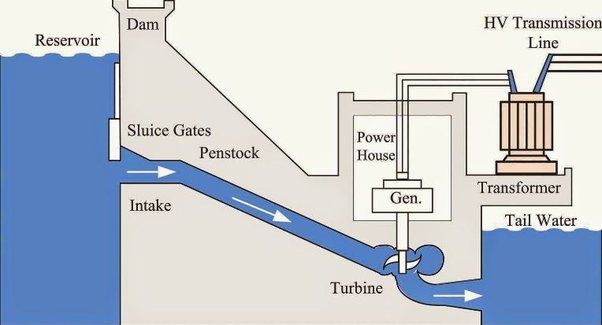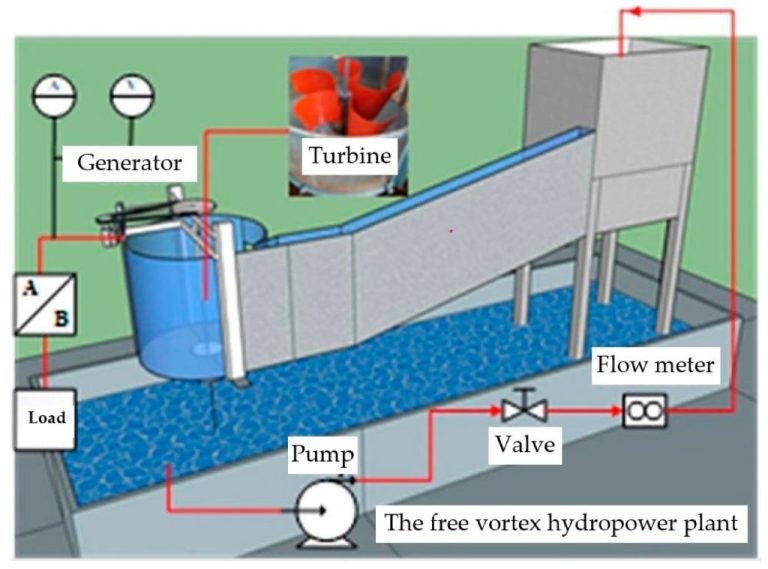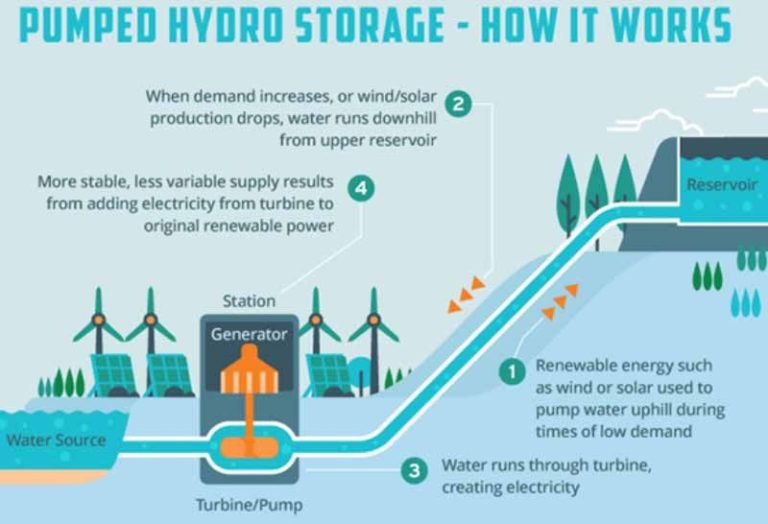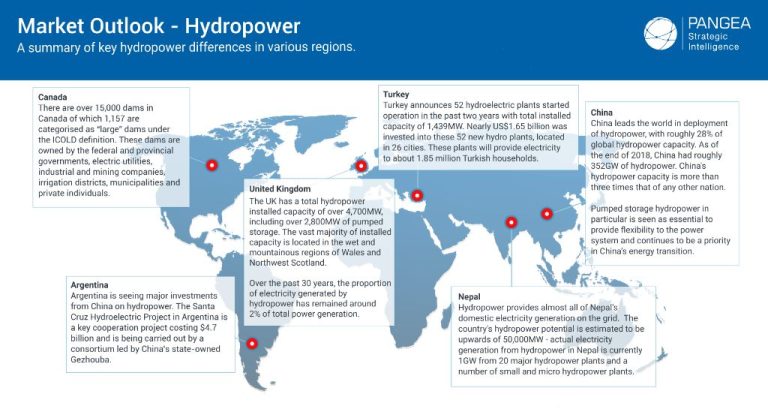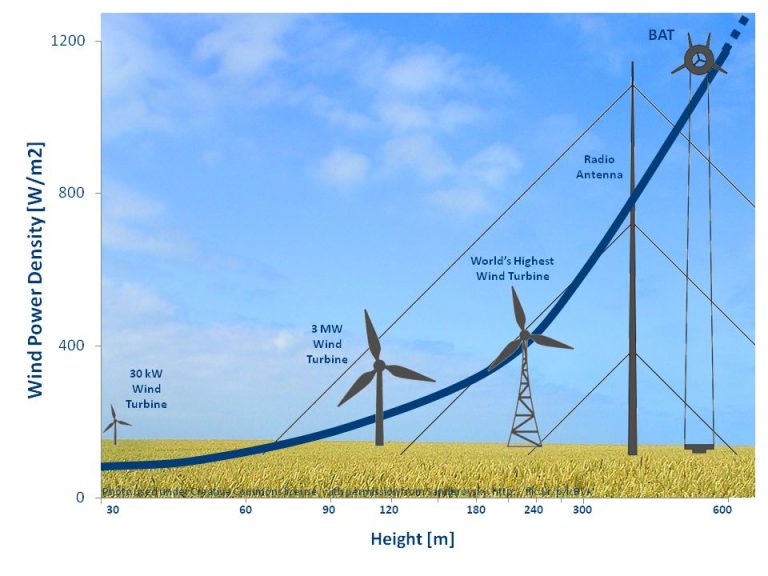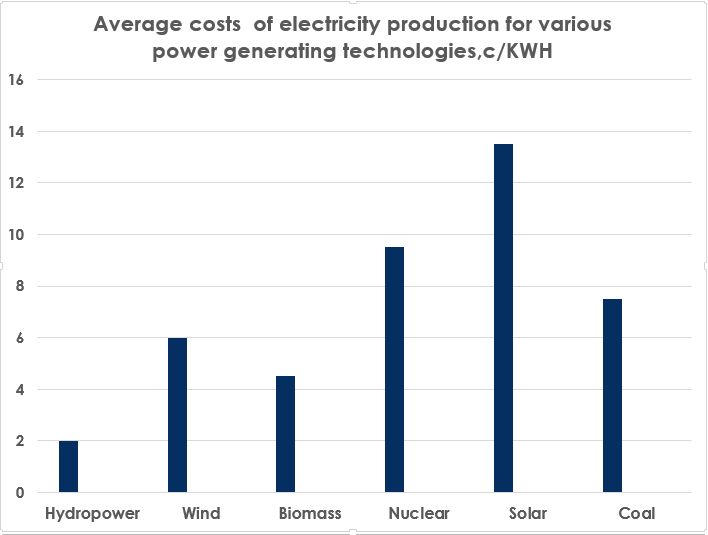Is Indonesia Backs Hydro To Power New Capital City?
In 2019, Indonesian President Joko Widodo announced plans to relocate the country’s capital from Jakarta to the province of East Kalimantan on Borneo island. The new capital city, named Nusantara, is set to open in 2024 (Indonesia Plans on Building Nusantara, a New Capital City). The government cited overcrowding and sinking land in Jakarta as key reasons for the move.
To power the new capital, Indonesia has decided to utilize hydropower from a series of dams known as the Kayan Cascade project (Nusantara : Indonesia backs hydro to power new capital city). The dams are expected to generate up to 16 gigawatts of electricity not just for Nusantara but also for surrounding provinces. However, the hydropower plans have raised concerns among indigenous communities about displacement and environmental impacts.
Indonesia’s Plan to Move Capital
The Indonesian government under President Joko Widodo has announced plans to move the country’s capital from Jakarta to the province of East Kalimantan on the island of Borneo. The new capital will be called Nusantara, located in the regencies of Penajam Paser Utara and Kutai Kartanegara. The move is expected to take place gradually, with some government offices shifting to the new capital as early as 2024 and a full relocation by 2045.
There are several reasons behind Indonesia’s decision to relocate its capital. Jakarta suffers from overcrowding, congestion, and environmental issues like flooding and sinking land. Shifting the capital is seen as a way to reduce Jakarta’s population while allowing for more sustainable urban planning centered around Nusantara. The new location in East Kalimantan offers room to build a smart, green city integrated with sustainable energy solutions. It will also move Indonesia’s center of government closer to the geographic center of the diverse archipelago nation.
The mega project aims to construct a new modern capital more resistant to the impacts of climate change. However, the timeline and costs involved in building entire government districts, housing, roads and infrastructure remain ambitious and uncertain.
Proposed Use of Hydropower
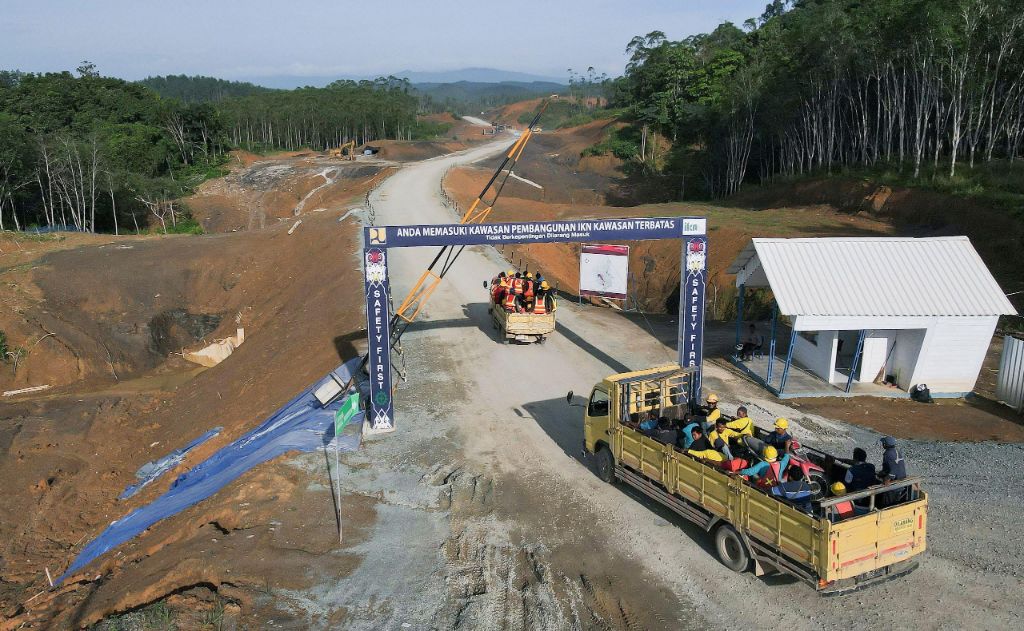
The Indonesian government under President Joko Widodo has unveiled plans to move the nation’s capital from Jakarta to a new city called Nusantara in East Kalimantan. A key part of the infrastructure plans for Nusantara is developing hydropower capacity to meet the energy needs of the new capital.
In October 2022, President Widodo stated that 80% of Nusantara’s energy would come from renewable sources including solar, wind, and hydroelectric power (https://chinadialogue.net/en/cities/indonesia-backs-hydro-to-power-new-capital-city-nusantara/). Major hydropower projects are planned to supply electricity to Nusantara with a total capacity of up to 9 gigawatts according to state utility firm PLN.
One of the key hydropower projects is the Kayan River project in North Kalimantan which is expected to start operating in 2026 with an installed capacity of 1.2 gigawatts. Other proposed hydroelectric dams include projects on the Kahayan, Sekayam and Pawan rivers (https://www.reuters.com/business/energy/indonesias-kayan-hydro-energy-start-operating-hydropower-plant-2026-2022-10-06/).
Developing substantial hydropower capacity will be crucial to meeting Nusantara’s electricity needs and enabling Widodo’s renewable energy goals. However, experts have raised concerns about the environmental and social impact of large dam construction in Kalimantan’s rainforest regions.
Benefits of Hydropower
Hydropower is considered a renewable energy source because it relies on the water cycle, which is continuously replenished by the sun. Unlike finite fossil fuels, the supply of flowing water is constantly being renewed (1). Hydropower is also praised as a low-emissions energy source. According to the U.S. Energy Information Administration, hydropower emits 70 times less greenhouse gases than fossil fuel plants (2). Dams provide energy without contributing additional carbon dioxide to the atmosphere, making hydropower an attractive option to mitigate climate change.
Furthermore, hydropower relies on a local resource, the movement of water, to produce electricity. This makes each state capable of producing its own domestic supply of energy without relying on international fuel sources (3). Tapping into local rivers and streams promotes energy independence and stability within a region.
(1) https://www.energy.gov/eere/water/benefits-hydropower
(2) https://www.eia.gov/energyexplained/hydropower/hydropower-and-the-environment.php
(3) https://www.usgs.gov/special-topics/water-science-school/science/hydroelectric-power-advantages-production-and-usage
Challenges of Hydropower
While hydropower can provide clean, renewable energy, it also comes with some significant challenges that must be considered. Three major challenges include upfront costs, environmental impacts, and displacements.
Constructing hydropower plants requires very high upfront costs. Massive dams, reservoirs, turbines and other infrastructure must be built, involving major engineering projects. According to the World Bank, hydropower costs around $2 million per installed megawatt on average, making it an expensive option.
Hydropower can also negatively impact the environment. As the MIT article discusses, reservoirs drastically alter landscapes and ecosystems. Dams disrupt water flows, harm wildlife habitats, and block fish migration routes. Downstream regions may suffer from insufficient water. Greenhouse gases are sometimes emitted from reservoirs. Erosion and reduced water quality can also occur.
Finally, hydropower development causes displacements, a major social impact. As reservoirs are filled, inhabited lands, villages, and infrastructure get submerged. This displaces communities and destroys cultural sites or agriculture. Estimates suggest hydropower has displaced between 40-80 million people worldwide.
Expert Opinions
There has been a mixed response from experts regarding Indonesia’s plans to power its new capital city primarily with hydropower. Some have praised the renewable aspect but raised concerns about implementation and impacts.
According to Dr. Dedi Adhuri, Senior Researcher at the Centre for Energy Studies Indonesia, “Hydropower seems attractive for the new capital city because it’s a renewable energy source that can provide baseload power. However, large dams often negatively affect local communities and the environment through flooding, deforestation and biodiversity loss. Proper planning and impact assessments will be critical” (source).
Environmental activist A.U. Sidik takes a stronger stance, stating “I am concerned about the social and environmental impacts of large hydropower projects in Indonesian Borneo. Indigenous communities stand to lose their land, livelihoods and culture. The government must explore other renewable options like solar and carefully consider sustainability” (source).
On the government side, the Head of the New Capital Authority Bambang Susantono emphasizes planning with sustainability in mind: “We are committed to developing an environmentally friendly, smart new capital powered by renewable energy. However, we recognize hydropower has risks and will conduct in-depth planning and assessment before moving forward” (source).
Case Studies
Some examples of cities successfully utilizing hydropower include:
In Bavaria, Germany, the city of Bamberg brought hydropower back to historic mill buildings along the Regnitz River through a public-private partnership. Small hydropower plants were installed in two historic mill buildings, generating 550 kW of renewable energy. The project helped preserve heritage buildings while also contributing to sustainability goals (source).
The city of Curitiba, Brazil tapped into hydropower potential from waterfalls at an artificial lake, installing turbines capable of generating 1.5 MW of renewable energy. The Fazendinha hydroelectric plant provides clean energy to the city while having minimal environmental impact (source).
Key lessons from these case studies are the viability of small-scale hydropower in urban environments, integration into historic infrastructure, and utilizing artificial water sources. Proper planning and environmental impact assessment is crucial. Overall, hydropower can be part of a diversified renewable energy strategy for cities when implemented thoughtfully.
Alternatives Considered
Indonesia debated several energy options as it planned its new capital city of Nusantara. While hydropower emerged as the preferred source, other renewables like solar, wind, geothermal, and biomass were also evaluated.
One major contender was geothermal energy. Indonesia has over 40 sites across the country with geothermal potential, including on the island of Borneo where the new capital will be located. Geothermal was appealing given its continuous baseload power production. However, high upfront costs for drilling and limited suitable land areas meant it could only provide a portion of the new city’s energy needs.
Solar and wind were considered, but intermittency was a concern. To provide reliable electricity, vast solar fields and wind farms would be required along with expensive battery storage. These options were not pursued further.
Biomass from palm oil waste was also assessed. While locally available, experts worried air pollution could result and threaten the new city’s sustainability goals. Ultimately biomass was discarded.
With abundant water resources nearby, hydropower emerged as the optimal renewable energy source for Nusantara. Large dams could provide steady electricity to power the new capital city.
Next Steps
The timeline for hydropower development in Indonesia’s new capital Nusantara is still emerging. Construction began in 2021 on the first dam, Kayan 1, which is scheduled for completion in 2026 [1]. Several other dams along the Kayan River are slated to follow, aiming to provide electricity for the new capital by 2024 when it officially opens [2].
Looking ahead, Indonesia plans to develop up to 12 GW of additional hydropower capacity by 2030 to help meet rising electricity demand across the country [3]. However, sustainable energy experts caution that overreliance on hydropower could displace indigenous communities and damage sensitive rainforest ecosystems [4]. They recommend exploring solar, wind, geothermal and other renewable sources to complement hydropower in a diversified national energy strategy.
Conclusion
Despite ongoing debates, Indonesia appears poised to pursue hydropower as a major energy source for its new capital city. This decision is driven by hydropower’s low operating costs and abundance in Indonesia. However, realizing this vision will require overcoming environmental and social concerns, as well as securing adequate financing for major infrastructure projects.
In summary, hydroelectric power has clear advantages as a renewable resource that can provide baseload power. But its viability depends on comprehensive impact assessments and equitable benefit sharing with affected communities. Looking ahead, Indonesia will need to weigh these factors carefully while also exploring complementary sources like solar, wind and geothermal. With thoughtful planning and execution, hydropower can play a major role in powering the new capital sustainably.

